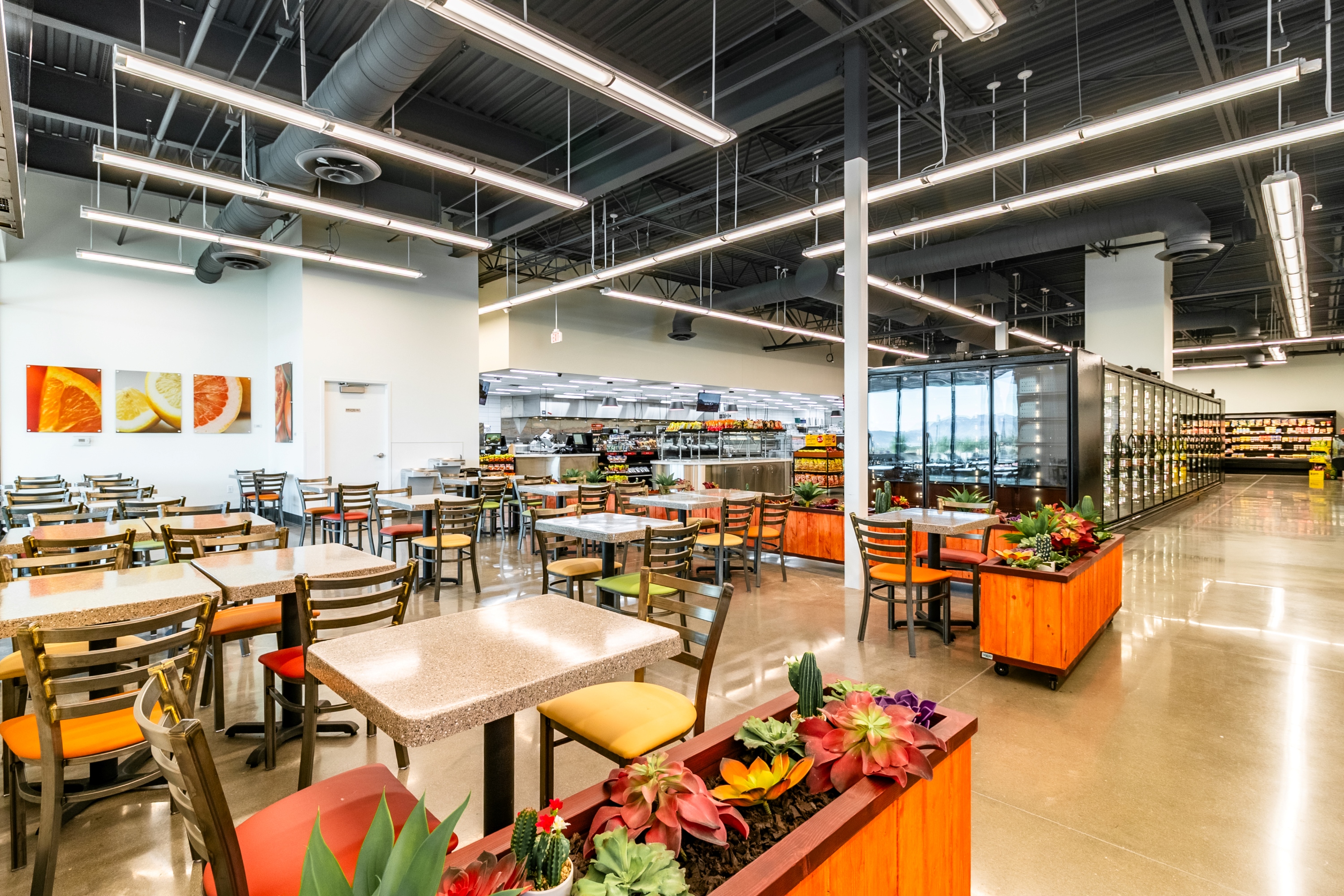
As the world's population grows rapidly, we're developing more land for homes, businesses, and farms. With environmental concerns becoming more important, the need for sustainable building practices is increasing. That's where LEED Certification comes into setting the standard for creating energy-efficient and eco-friendly buildings.
LEED (Leadership in Energy and Environmental Design) is the most widely used green building rating system in the world. Certification through LEED provides a framework for efficient, cost-effective buildings that offer environmental, social, and governance (ESG) benefits. It’s a globally recognized symbol of sustainability achievement, and is backed by a number of committed individuals and organizations looking to make big changes in how buildings are design and built.
LEED-certified buildings are critical to addressing climate change and meeting ESG goals, enhancing resilience, and supporting more equitable communities. LEED is a holistic system that doesn’t simply focus on one building element, such as energy, water, or health. Instead, it looks at the big picture, factoring in all critical elements that work together to create the best building possible. The goal of LEED is to create better buildings that:
As our population grows and environmental concerns become more pressing, LEED certification is a guiding light for sustainable building practices. By adopting fairer LEED standards, we can construct buildings that cater to our current needs while also securing a healthier, more resilient, and fairer future for everyone. LEED's approach encourages innovation and leadership in green building, helping us move towards a more sustainable world.
